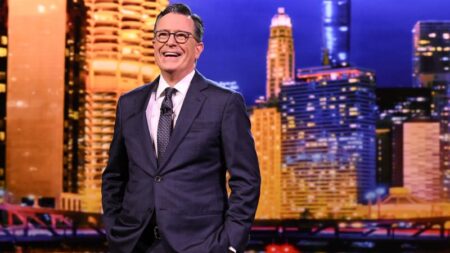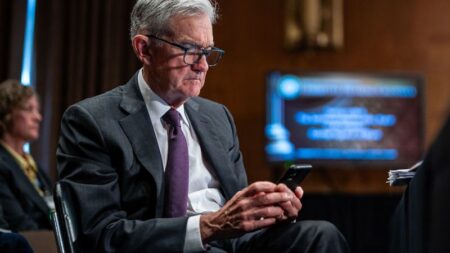Recent research has revealed a significant shift in media consumption habits within the UK, indicating that people are now spending more time on their mobile phones than watching traditional television. This transition marks a pivotal change in how entertainment and information are accessed across various demographics. Data points to a particular emphasis on the youth, with those aged between 15 and 24 dedicating almost five hours daily to mobile phone usage. This emerging trend reflects broader changes in technology and lifestyle, fundamentally altering the landscape of media consumption.
A comprehensive survey conducted by the Institute of Practitioners in Advertising (IPA) provides insightful data about this phenomenon. The findings highlight that while television is often perceived as a relaxing medium, viewers report feelings of sadness when engaging with content on handheld devices. This difference underscores the emotional responses associated with various forms of media, impacting how audiences engage with them. Notably, mobile phones enable users to remain perpetually connected, suggesting that interactions with content are more fragmented and spread throughout the day, contrasting with the more ritualistic evening TV viewing habits.
Simon Frazier, the head of data innovation at IPA, elaborates on the implications of this shift. He suggests that an increase in mobile phone engagement might correlate with heightened distraction levels among adults, who are less likely to experience downtime compared to traditional television viewers. An analysis of almost 6,500 participants aged 15 and older revealed an average daily usage of three hours and 21 minutes on mobile devices, slightly overshadowing the three hours and 16 minutes spent on television. This marks the first occasion in two decades that mobile phone interaction has surpassed television viewing in terms of average daily engagement.
Further insights into demographic variances reveal that younger individuals (15 to 24 years) are shifting away from television, watching less than two hours per day, while older individuals (ages 65 to 74) still favor TV and dedicate nearly five hours to it, only spending less than two hours using their phones. This generational divide underscores the different media consumption habits and preferences that shape our society.
Beyond entertainment, the changing media landscape is also impacting how news is disseminated. A separate study, the Reuters Institute’s 2025 Digital News Report, identifies a notable trend where social media platforms are increasingly replacing traditional news outlets. This shift results from the mainstream media struggling to engage with the audience, which is highlighted by low trust levels and stagnating digital subscriptions. In contrast, alternative sources of news such as podcasters, YouTubers, and TikTok influencers are gaining traction despite concerns over the integrity and accuracy of the information they provide.
Moreover, populist political figures are increasingly leveraging these emerging platforms to bypass traditional journalism. They favor interactions with familiar faces or influencers who align with their viewpoints, often compromising the depth and rigor of journalistic inquiry in exchange for favorable narratives. This development poses a risk, particularly in terms of misinformation, as evidenced by the spread of inaccurate information across various demographics, notably during pivotal political moments involving figures like Donald Trump.
Despite the inundation of misleading information, the report suggests a persistent desire for trustworthy news brands amongst all generations, highlighting a complex relationship between engagement and trust in media. Although audiences may not utilize these platforms as frequently as before, recognized outlets are still valued for their history of accuracy.
In summary, the findings signify a transformation in how people in the UK engage with media, illustrating a marked preference toward mobile phones over traditional television. As this landscape continues to evolve, it calls for a reevaluation of how content is produced and consumed to meet the changing demands, expectations, and emotional needs of the audience.











